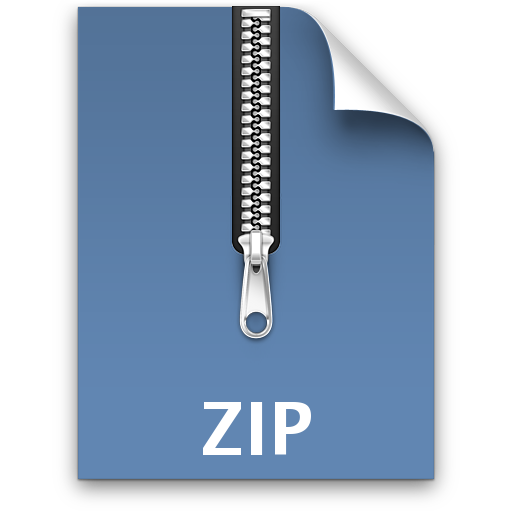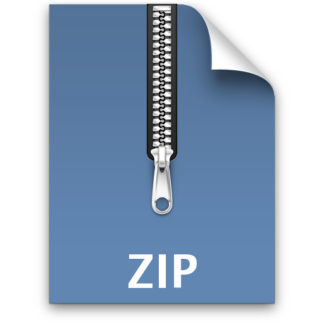Description
Implementing Langton’s Ant
Goals –
• Review of programming with arrays
• Convert requirements (i.e. the rules) to a software design
• Think about the testing process, before and after writing the
program.
Assignment –
You will design, implement, and test a program that implements a simulation of Langton’s Ant. For a
brief explanation consider Wikipedia: https://en.wikipedia.org/wiki/Langton%27s_ant. Note that is can
be considered a cellular automaton. This means that you have an array or matrix of cells. Each turn or
step the value of each cell may change based upon a simple rule. For the Ant there are two simple rules.
WARNING – Use the Internet to ONLY research how the ‘game’ is structured and designed. Design
and write your own program. Do NOT use any code that you did not write for yourself. That would
be cheating. Much of what is available is more complicated or advanced than what is required here. It is
harder to use it than to write your own.
The rules are:
1. In a white square, turn right 90o and change the square to black.
2. In a black square, turn left 90o and change the square to white.
NOTE – Think this through carefully before you start coding.
You can use a blank character for a white space. You can use the number sign (“#”) for black. And for
the Ant? An asterisk of course (“*”). J Left ? Right? Those are relative directions! How are you
going to keep track of the direction the Ant is facing? How will you “remember” what color the current
cell occupied by the Ant is or was? You will created an Ant class to help organize, hold, and manipulate
this information.
You will create your design document BEFORE you start coding. The TA will grade, in part, on how
well your implementation matched your design. Remember, in your reflections document you can
explain how you had to change the design because your first idea, just didn’t work. Just explain what
you learned. Simply stated, program design is identifying the problem to be solved, identify the inputs,
specify the desired output, and then develop the algorithm(s) to convert the input into the output.
Your program will prompt the user to enter the number of rows and columns for the 2D array. Use those
values to create a dynamic array of Ant objects. You should also prompt the user for the number of
steps. Suggest values to the user. Notice in the Wikipedia article they mention several hundred and
10000. Use functional decomposition to develop functions to validate the input. What parameters and
criteria do these functions need? You should start by asking the user for the starting location of the Ant.
You should add the option for the user to have a random starting location.
Note: You should start saving utility functions for future programs you write.
Note: For testing purposes always start the Ant at the same location. Then try different locations.
Your program should display each step.
By the due date at midnight, you will submit your program, and the reflections document, which will
discuss how well your design worked, and the results of the testing. You must also provide a makefile.
If you do not provide a makefile it will not be graded. All the files must be submitted in a zip archive.
WARNING – Submitting any code you did not write is a violation of the university’s academic
dishonesty policy. Keep in mind, if you can find it using Google, the TA’s can too.
Graders: Do the points look appropriate?
Should the input validation and menu functions be in a separate library?
GRADING –
• Programming style and documentation (10%)
• Build the array (10%)
• Input validation function(s) (5%)
• Create the source and header file for the Ant class (10%)
• Displays each step correctly, including running for the correct number of steps (10%)
• The display allows the user to see the change(s) in the shape(s) (10%)
• Allow the user to specify the starting location of the pattern (10%)
• Allow the user to allow a random location of the pattern (10%)
• Implement a menu function to be reused in later programs (5%)
• Reflections document to include the design description, test plan, test results, and comments about
how you resolved problems during the assignment (20%)
IMPORTANT POINT – Keep in mind this is a programming assignment. You are not writing a
program to share with others for their enjoyment. Too often students forget this and the attempt to make
it entertaining which also makes it more difficult. And has little to do with the grading. You are graded
on developing the design, writing the code, and testing your program. You will use text-based output. It
may not be pretty, but it will demonstrate your design and implementation works. If you have other
programming experience and want to use something else check with your grader before doing it.
HINTS:
1. Use the grading breakdown to plan your program. Use incremental development. Get one part
working. Test it. Save a copy and continue working on the next step in your plan. This ensures you
will have something to submit!
2. Be very careful about borrowing any code, or ideas you see in someone else’s code. This is a
problem used for researching mathematical topics; proofs?, “a two dimensional Turing machine”,
“Cohen–Kong theorem”, proofs! Much more complicated than required for this project. As always, any
code submitted must be yours and yours alone.
Suggested plan to design and code this project:
First. Get a pencil and some paper. Seriously. Low tech but it works. Develop an algorithm to apply
the rules Answer the questions about the Ant; knowing the direction it is moving, and saving the color
of the cell it is in. You’re not finished with the design yet!
Now that you have your algorithms developed convert them to pseudocode or flowcharts are whatever
system you chose to represent program logic. Walk through your pseudocode. Did you miss any
details? It’s much easier to find and fix logic errors now.
Now it is time to dig out the keyboard and start entering code. J
CS 162



